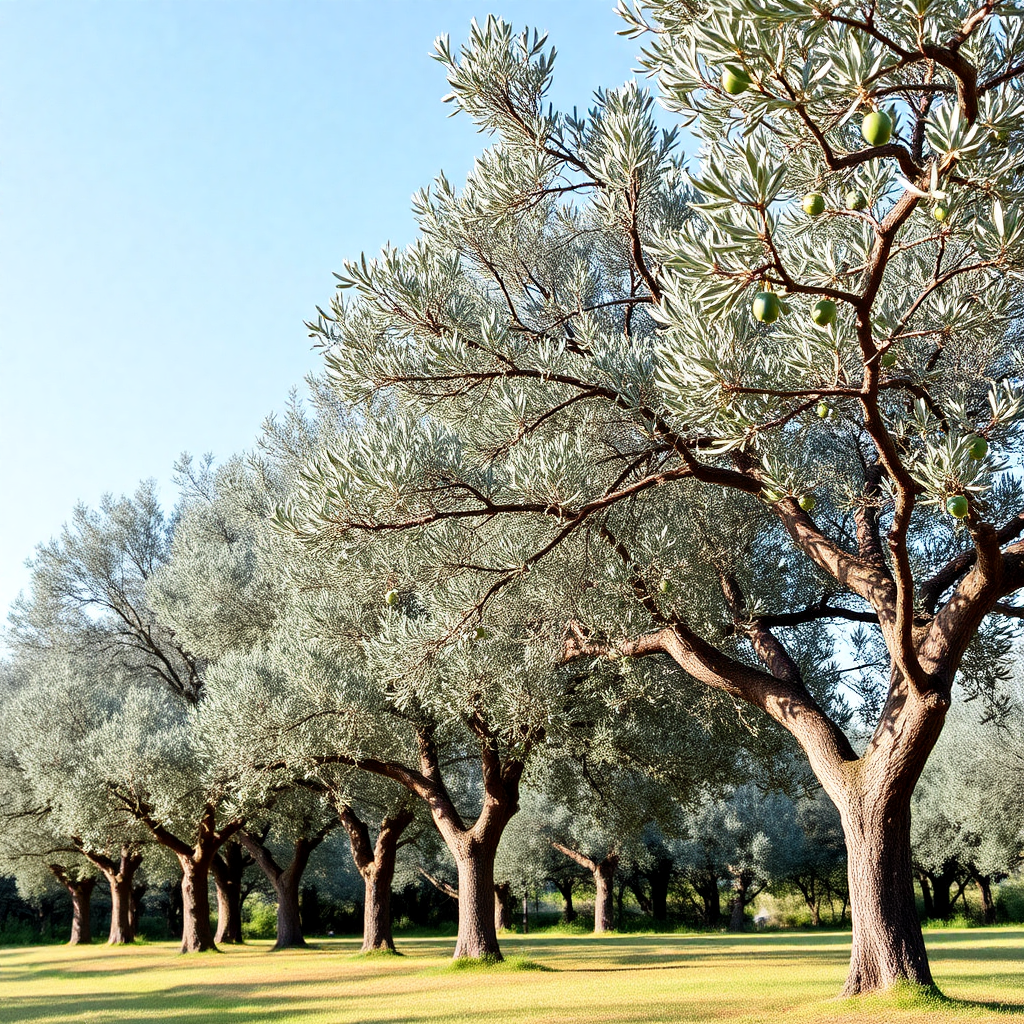How old are the trees in the garden of gethsemane?
Studies suggest that the olive trees in this location could be anywhere from 900 to over 2000 years old, making them witnesses to the pivotal events that took place in this sacred garden.
The Garden of Gethsemane, located at the foot of the Mount of Olives in Jerusalem, is a site of immense religious significance and historical importance. While the garden is best known for its association with the last days of Jesus Christ, it is also famously home to a number of ancient olive trees. The age of these trees is a subject of fascination for many visitors and scholars alike, as they represent a connection to the past that can be traced back thousands of years.
The Olive Trees: A Symbol of Longevity
One of the defining features of the Garden of Gethsemane is its ancient olive trees. These trees are not only significant for their age but also for their symbolism within the context of biblical history. Olive trees are renowned for their resilience and longevity, often living for centuries, and in some cases, even millennia. Studies suggest that the olive trees in this location could be anywhere from 900 to over 2000 years old, making them witnesses to the pivotal events that took place in this sacred garden.

Scientific Studies and Historical Context
Research on the age of the olive trees in the Garden of Gethsemane has employed various techniques, including dendrochronology—the study of tree rings. However, accurately determining the age of an olive tree can be quite challenging; unlike many other tree species, olive trees do not exhibit clear annual growth rings, especially in older specimens. This makes establishing an exact age more complex and relies heavily on historical context and comparison with other ancient trees.
Historical documentation provides fascinating insights into the garden’s significance during different eras. It is believed that olive trees have thrived in this region since ancient times, aligning with the observation of its use in the biblical narrative. The deep roots of these trees and their enduring nature serve as metaphors for faith and perseverance, further enhancing their importance towards understanding the rich history of the area.
The Role of Gethsemane in Christianity
For Christians, the Garden of Gethsemane is primarily known as the place where Jesus prayed before his arrest. The weight of emotions felt by Jesus during this time is echoed in the tranquil yet somber atmosphere of the garden, often reflected by the old trees surrounding the area. These trees have witnessed countless prayers, meditations, and reflections over the centuries. Today, the garden continues to attract pilgrims and tourists who seek to connect with this venerable space, gaining insight into a defining moment in Christian history.
Conservation and Preservation Efforts
In recent years, there has been an increasing focus on the conservation of the Garden of Gethsemane and its ancient trees. Given their age and historical value, efforts have been made to ensure their protection against environmental threats and urban development. The preservation of this sacred site ensures that future generations can continue to learn from and appreciate the profound history that these trees represent.
The ancient olive trees in the Garden of Gethsemane serve as a living testament to the rich tapestry of human history, spirituality, and resilience. Whether they're providing shade to a weary traveler or standing silently as witnesses to profound moments, these trees are a vital link to the past. Their age, estimated to be anywhere from 900 to 2000 years, invites us to ponder the countless stories they could tell—a poignant reminder of the continuity of faith and the enduring presence of nature in our shared human narrative.
As one visits the garden, taking a moment to reflect beneath these centuries-old trees not only provides an opportunity for personal contemplation but also fosters a deep respect for the history they carry, encompassing both the challenges and triumphs faced in the sacred space of Gethsemane.